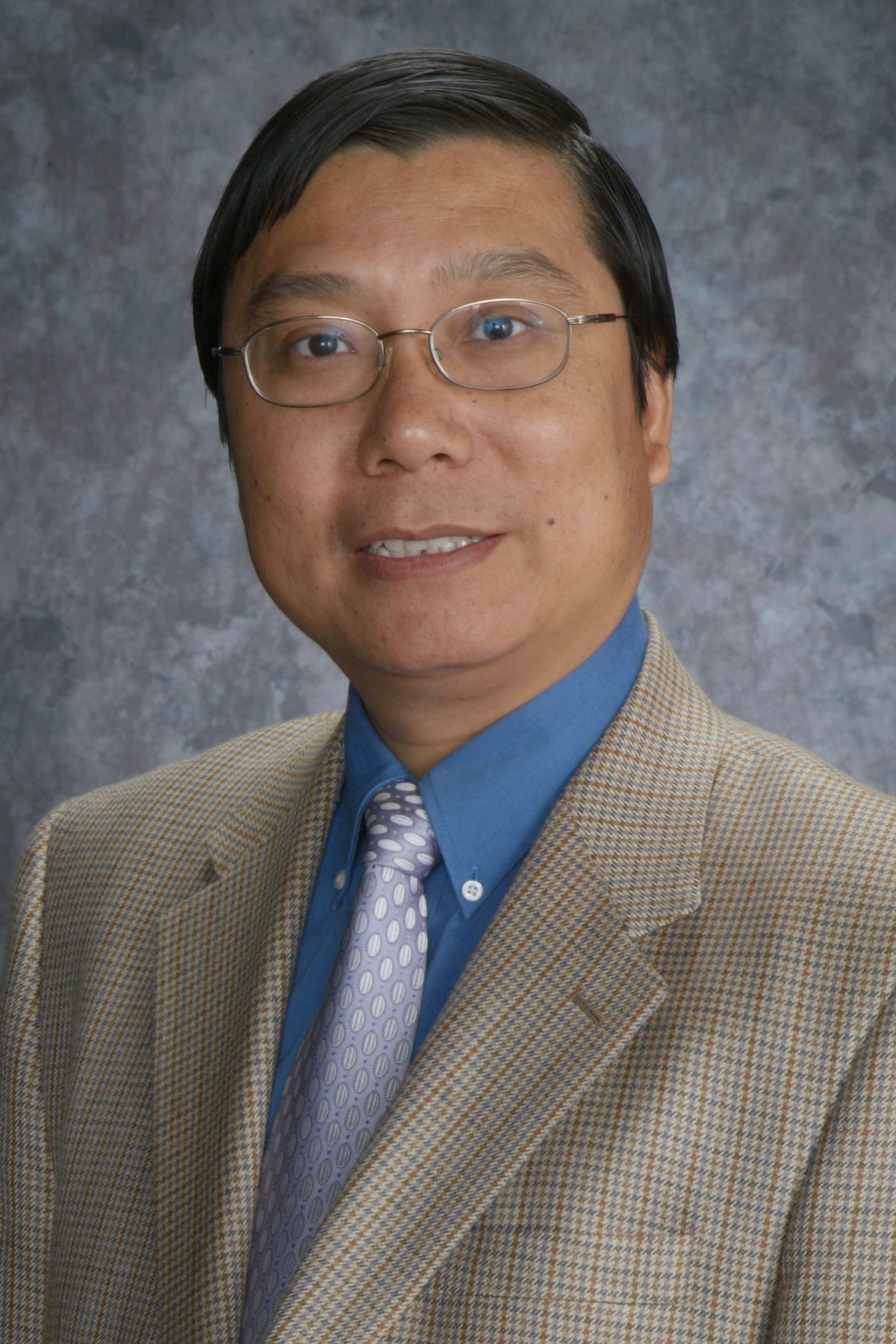
FAYETTEVILLE, Ark. — A biomedical engineering researcher at the University of Arkansas has received grants totaling $420,000 -- $200,000 from the National Institutes of Health and $220,000 from the Arkansas Biosciences Institute -- to continue work on developing a novel means to detect and measure glucose concentrations within cells. The research will help scientists understand the human body’s complex mechanisms for controlling blood-glucose levels and could lead to a more effective treatment for diabetes.
“There currently are no means to measure intracellular concentrations of glucose,” said Kaiming Ye, assistant professor in the College of Engineering’s Biomedical Engineering Program. “After designing a glucose-indicator protein, we can use a fluorescence imaging system that will continuously monitor concentrations of glucose within cells without damaging those cells.”
Ye received the research funding based on groundbreaking findings of previous research in which he designed a glucose-indicator protein capable of monitoring glucose concentrations within cells. He achieved this by attaching different fluorescent proteins -- green and yellow -- to opposite ends of an E-coli glucose-binding protein. Its X-ray-structure assay revealed a protein shaped like a horseshoe or, perhaps more accurately, a forefinger and thumb. Upon the binding of glucose, one molecule of water squeezed out from the protein’s glucose binding site, resulting in two fluorescent ends — a green fluorescent protein as a donor and a yellow fluorescent protein as an acceptor — that moved toward or away from each other.
 Ye's glucose-indicator protein |
Although sound, the above method detected intracellular glucose-concentration levels lower than what is speculated as the average for healthy people and much lower than the speculated average for diabetics. To address this, Ye’s group successfully modified the protein’s structure through protein engineering, and the new protein has an appropriate glucose response for use in measuring blood glucose concentration in humans.
Meanwhile, Ye is developing a more sensitive approach to measuring intracellular glucose concentrations. He uses a system known as Fluorescence Lifetime Microscopy Imaging, which essentially is a sophisticated microscope. In some ways, the system is similar to the previous method, but it differs in one significant way. The previous system measured the intensity of energy, presented as fluorescent light, released from molecules in reaction to their exposure to light. To obtain a more sensitive reading of intracellular glucose concentrations, the new system measures “lifetime,” or the amount of time it takes for a molecule, after being exposed to light, to go from a high- to low-energy state.
Researchers in Ye’s laboratory will engineer an array of glucose-indicator proteins to test with the new imaging system. After in-vitro tests, the researchers will experiment with living cells. If these experiments are successful, Ye will apply for further NIH grants to fund testing in animals. He hopes to demonstrate the utility of glucose-indicator proteins in diabetes research, specifically in explaining the effect of intracellular glucose concentrations on the internal function of cells in their effort to maintain blood-glucose levels.
Ye said the technology also can be used to develop implantable inserts to sense glucose concentrations in the blood. Currently, diabetics must test their blood-sugar levels many times a day, usually by finger sticking or other skin-pricking methods. With the new technology, an implant could be placed on the inside of a contact lens to non-invasively monitor glucose concentrations in tears. The system also could be used for other drug-screening and drug-delivery purposes.
Although incurable, diabetes can be controlled and in some cases prevented by normalizing glucose levels in the blood. Modern medicine has been considerably successful to this end, but researchers still do not fully understand the mechanisms responsible for controlling blood-glucose levels. Scientists believe that a big part of this mystery has to do with the relationship between blood-glucose levels and glucose concentrations within certain cells. Recent findings indicate a close relationship between the extracellular and intracellular glucose, and researchers think this relationship may explain the control systems within cells that are responsible for the metabolic processing of glucose.
Continuous monitoring of intracellular glucose has not been a part of diabetes research because scientists have not discovered a method that does not destroy cells until Ye developed these two methods. Also, the ability to simultaneously detect intracellular and extracellular glucose is critically important so that medical researchers can better understand the relationship between intracellular glucose and the metabolic control systems within cells. Ye’s research will help scientists work through these obstacles.
“We believe that the ability to simultaneously monitor extracellular and intracellular glucose will offer extensive insights to dramatically improve the rationale for diabetes therapy and the study of the development of diabetes-associated complications,” he said.
Contacts
Kaiming Ye,
assistant professor
Biomedical
Engineering Program, Department of Biological and Agricultural Engineering
College of Engineering
(479) 575-5315, kye@uark.edu
Matt McGowan,
science and research communications officer
University
Relations
(479) 575-4246, dmcgowa@uark.edu